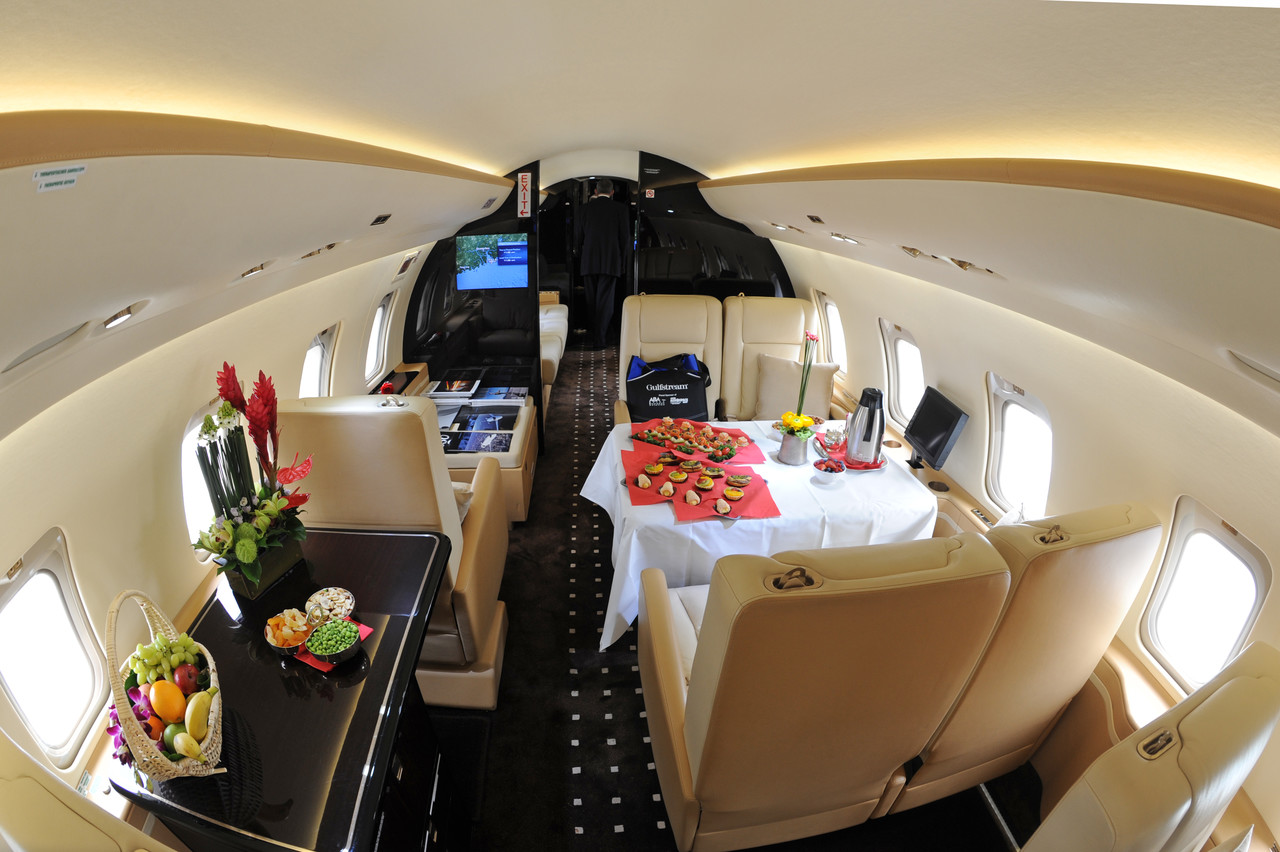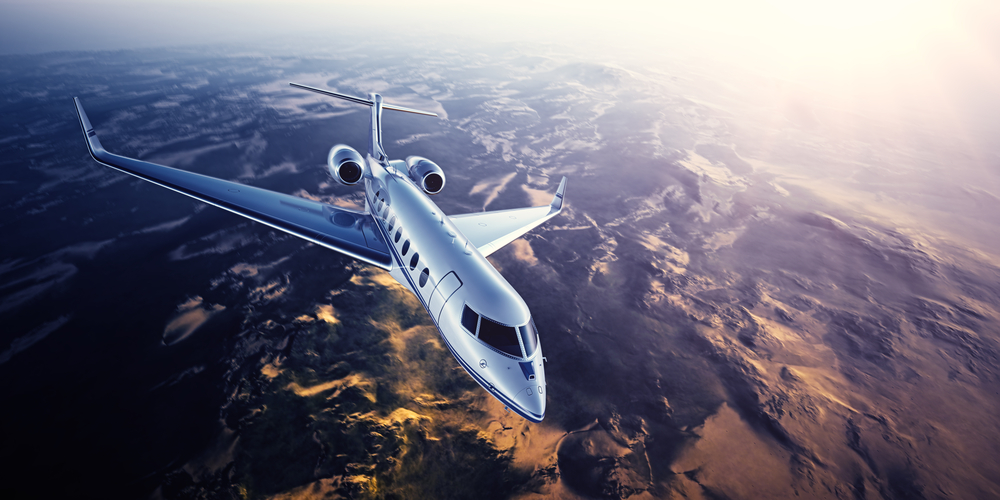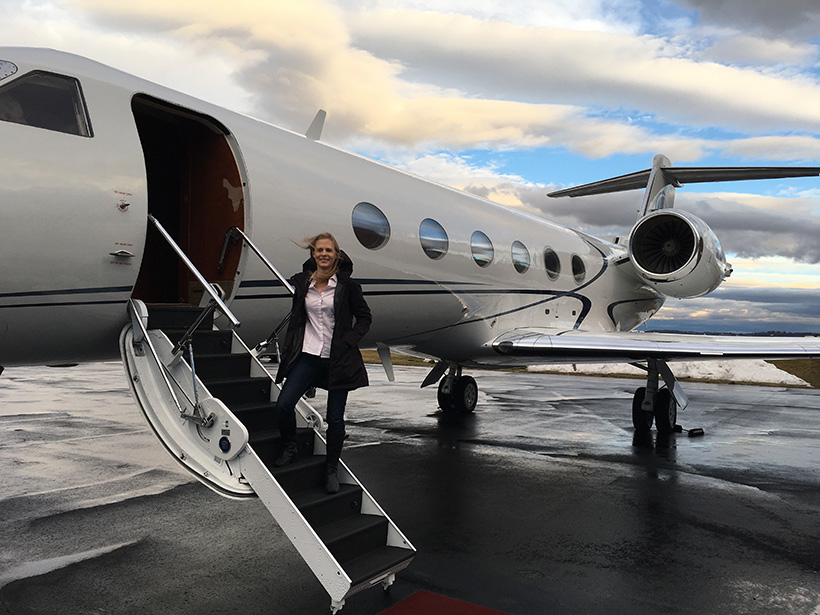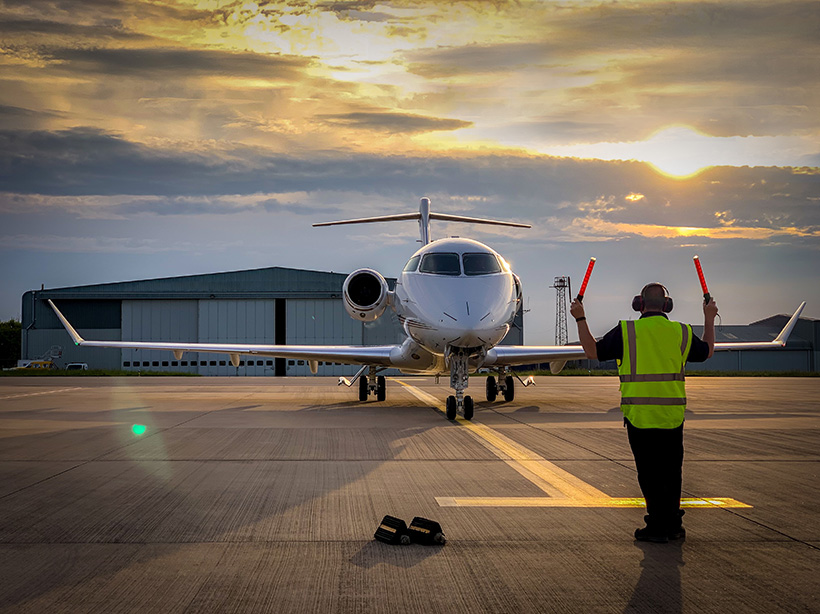In observance of International Women's Day, a global celebration that shines a light on the achievements of women and calls for greater gender equality, the aviation industry reflects on its journey towards inclusivity and diversity. This day serves as a poignant reminder of the progress made and the challenges that still lie ahead in an industry historically dominated by men. The significance of International Women's Day within aviation cannot be overstated; it underscores the imperative need to dismantle barriers, champion diversity, and create equitable opportunities for women in all facets of aviation, from piloting and engineering to leadership roles.
Paramount Business Jets (PBJ) supports this transformative journey, embodying a profound commitment to gender equality within the aviation sector. PBJ's celebration of women like Madeleine Gilad, an exemplary figure of resilience and excellence in aviation, exemplifies their dedication to recognizing and uplifting women's contributions. Gilad's story, marked by perseverance and success, serves as a beacon of inspiration for aspiring women aviators and a testament to PBJ's values. By spotlighting achievements and advocating for equality, PBJ fosters a culture that not only acknowledges the pivotal role women play in aviation but also actively works towards an inclusive future where gender parity is not an aspiration but a reality.
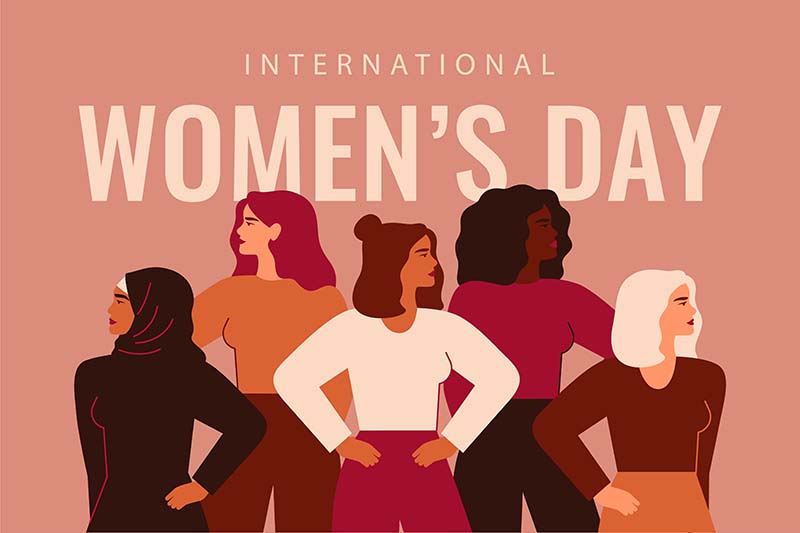
Current Landscape
The representation of women in the aviation industry starkly contrasts their participation in the general workforce and STEM fields. While women make up 47% of the total U.S. workforce and 26% in STEM areas, their presence in aviation remains significantly lower. Specifically, women account for less than 20% of the overall workforce in aviation. This disparity becomes even more pronounced in specialized roles, with women comprising only 5% of airline pilots and a mere 3.6% of airline captains.
Delving deeper into the numbers, the Women in Aviation International statistics provide further insights. For instance, 7,549 women are holding Airline Transport Pilot certificates, representing only 4.6% of all such certificate holders. In roles such as Flight Instructors, women account for 7.3%, and as Remote Pilots, they represent 7.2% of the workforce.
These figures highlight not only the underrepresentation of women in aviation but also the significant room for growth and the potential benefits of increasing diversity within the industry. Despite the gradual increase in women pilots, from 3.6% to 4.0% globally, the pace of change suggests that more targeted efforts are needed to bridge the gender gap.
The contrast between the general workforce participation of women and their presence in aviation underscores the challenges and opportunities within the industry. Addressing these disparities is not only a matter of equity but also a strategic imperative for the aviation sector to tap into the full talent pool, enhance diversity of thought, and drive innovation.
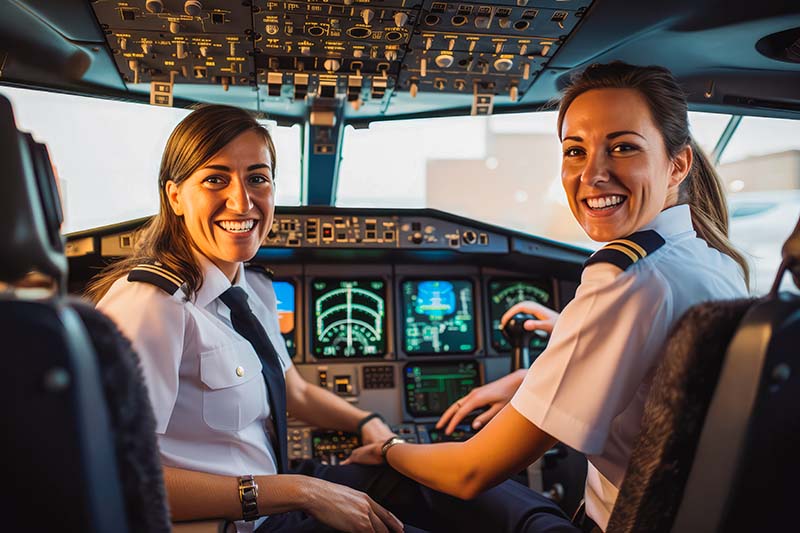
Historical Context
The history of women in aviation is both inspiring and reflective of broader societal attitudes towards gender roles. From pioneers like Amelia Earhart, who became the first woman to fly solo across the Atlantic Ocean in 1932, to present-day leaders who helm major airlines and aerospace companies, women have made significant strides in aviation. Earhart's legacy, along with other early aviators such as Bessie Coleman, the first African American woman to hold a pilot license, has paved the way for future generations of women in the field.
Despite these remarkable achievements, the pace of change in increasing women's representation, particularly in technical and maintenance roles, has been slow over the last six decades. Women remain significantly underrepresented in these areas, which are crucial to the operation and safety of the aviation industry. This slow progress can be attributed to various factors, including persistent stereotypes, lack of visibility of female role models in these roles, and barriers to entry such as gender bias in education and training programs.
The contrast is stark when considering the general workforce participation of women, which stands at 47%, and their presence in STEM fields at 26%. The aviation sector, particularly in technical and maintenance roles, lags behind these figures, highlighting the need for targeted efforts to encourage and support women in pursuing careers in these critical areas of the industry.
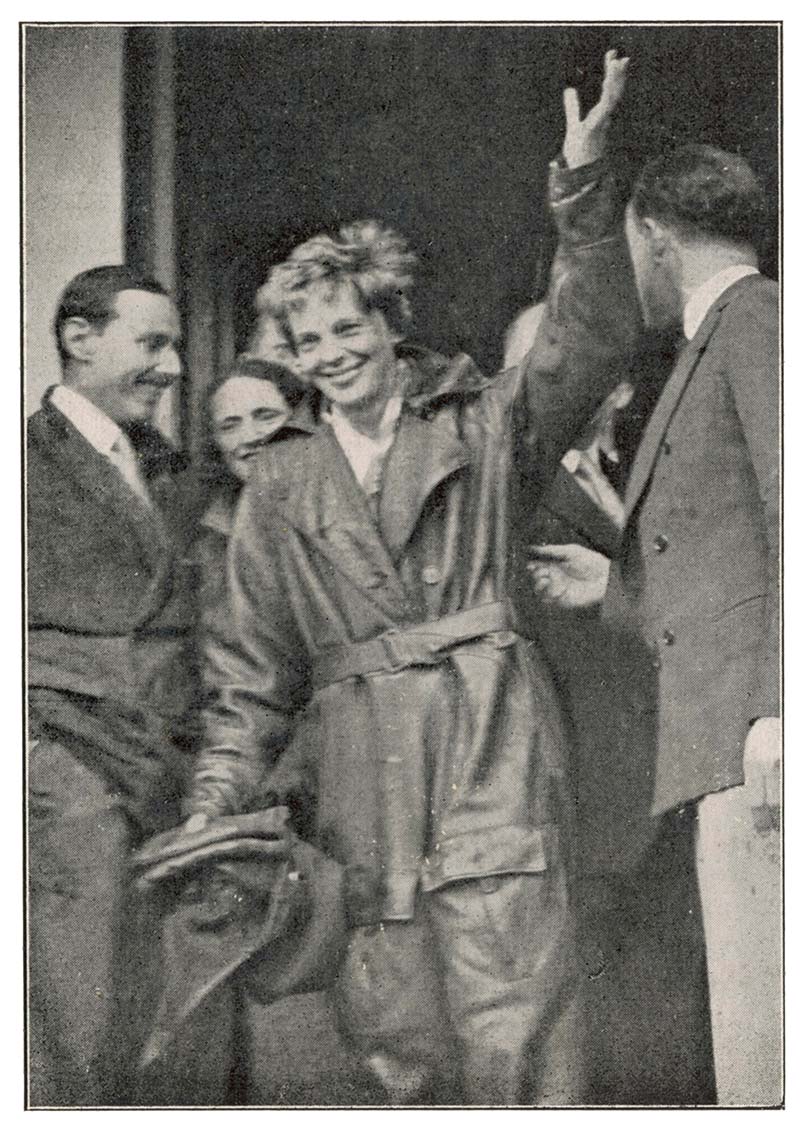
Challenges Faced by Women in Aviation
- Underrepresentation: Especially in senior leadership, piloting, and technical roles.
- Cultural and Systemic Barriers: Stereotypes, gender biases, and lack of role models.
- Work-Life Balance: Challenges unique to women, such as maternity leave and childcare responsibilities.
- Safety and Harassment: Issues of workplace safety and sexual harassment.
Success Stories
In the world of aviation, stories of individual success and resilience serve as powerful beacons of inspiration and motivation. Among these stories, the journey of Madeleine Gilad stands out as a testament to her determination and pioneering spirit. Gilad, an aviator celebrated by Paramount Business Jets, embodies the qualities of a trailblazer in an industry where women have historically been underrepresented. Her story is not just one of personal achievement but also a guiding light for women aspiring to carve out their paths in aviation careers. Gilad's perseverance in the face of challenges and her subsequent success underscores the potential for change and progress within the aviation sector.
Organizations and initiatives dedicated to promoting women in aviation play a crucial role in supporting and amplifying these individual stories. Women in Aviation International (WAI) is a leading example of such an organization. WAI is committed to the encouragement and advancement of women in all aviation career fields and interests. Through a network of members, WAI promotes diversity, provides resources, and fosters an environment where women can share experiences, insights, and support. Initiatives by WAI, including scholarships, mentorship programs, and educational events, aim to break down barriers and create opportunities for women in the industry. By highlighting achievements and advocating for equality, organizations like WAI not only celebrate individual successes but also contribute to the broader movement towards a more inclusive and diverse aviation community.
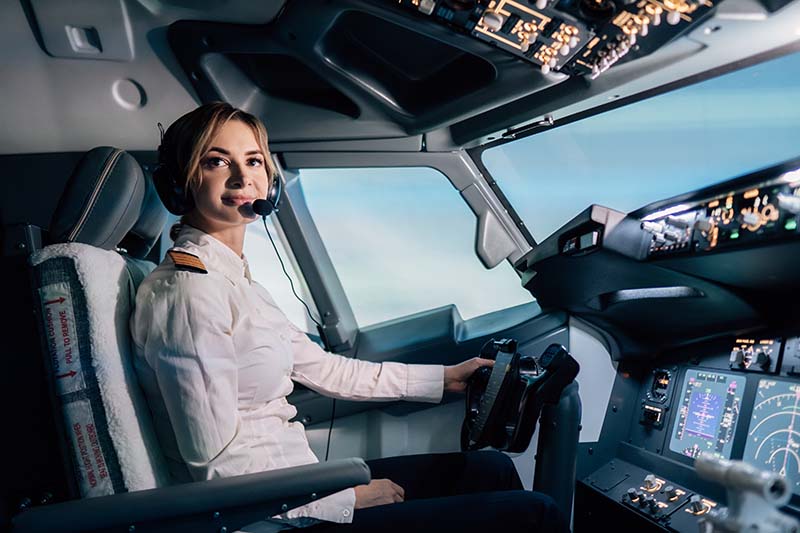
Solutions and Pathways Forward
- Cultural Shift: Emphasizing the need for a change in workplace culture, starting from leadership.
- Mentorship and Networking: The importance of mentorship programs and networking opportunities for women.
- Policy and Advocacy: Advocating for policies that support gender equality, such as equal pay, maternity leave, and childcare support.
- Education and Awareness: Raising awareness about aviation careers among women from a young age and promoting STEM education.
- Recruitment and Retention: Strategies for recruiting more women into aviation and retaining them through supportive workplace policies.
Case Studies
One notable case study within the aviation sector that highlights successful strategies to support women is the initiative undertaken by Air New Zealand. This airline has been at the forefront of promoting gender diversity and inclusion in a traditionally male-dominated industry. Air New Zealand has implemented several key strategies aimed at increasing the representation of women across all levels of its operations, particularly in roles that are typically underrepresented by women, such as pilots, engineers, and leadership positions.
- Recruitment and Training Programs
Air New Zealand has developed targeted recruitment campaigns to attract more women into aviation careers. These campaigns are designed to challenge stereotypes and showcase the range of opportunities available within the industry. Additionally, the airline has established training and mentorship programs specifically for women, providing them with the tools and support needed to advance their careers within the company.
- Flexible Working Arrangements
Understanding the importance of work-life balance, Air New Zealand offers flexible working arrangements to accommodate the diverse needs of its workforce. This approach is particularly beneficial for women who may have caregiving responsibilities, enabling them to pursue their careers without compromising their commitments.
- Leadership and Development Opportunities
To ensure women are represented in leadership roles, Air New Zealand has committed to identifying and developing female talent within the organization. This includes leadership development programs, networking opportunities, and initiatives aimed at empowering women to take on leadership positions.
- Inclusive Workplace Culture
Air New Zealand places a strong emphasis on creating an inclusive workplace culture where everyone feels valued and respected. This includes ongoing training for all staff on diversity and inclusion, as well as policies and practices that promote gender equality.
- Outcomes
The initiatives implemented by Air New Zealand have led to a noticeable increase in the number of women employed in non-traditional roles within the airline, as well as an improvement in the overall gender balance across the company. These efforts have not only contributed to a more diverse and inclusive workplace but have also positioned Air New Zealand as a leader in promoting gender equality within the aviation industry.
This case study of Air New Zealand demonstrates that with a committed and multifaceted approach, it is possible to make significant strides in supporting and advancing women in the aviation sector.
In conclusion, the importance of diversity and inclusion within the aviation industry cannot be overstated. It is essential for fostering innovation, enhancing decision-making, and ensuring the long-term growth and sustainability of the sector. Celebrating International Women's Day and the achievements of trailblazers like Madeleine Gilad serves as a powerful reminder of the progress made and the work that still lies ahead.
We must continue to advocate for and support gender equality in aviation, encouraging organizations and individuals alike to commit to creating a more inclusive environment. This includes challenging stereotypes, supporting initiatives that promote diversity, and recognizing the contributions of women in all aspects of aviation.
Let us all take action to ensure that the skies are open and accessible to everyone, irrespective of gender. Together, we can build an aviation industry that truly reflects the diversity of the world it serves.
Sources
- icao.int - ICAO releases new data on status of global aviation
- unitingaviation.com - ICAO data on the status of global aviation gender equality
- venaripartners.com - 2024 GENDER DIVERSITY IN AIRLINE BOARDS
- wai.org - Industry Stats - Women in Aviation International
- nbaa.org - Women in Business Aviation Could Be Key to Solving Workforce Challenges
- zipdo.co - Essential Diversity In Aviation Statistics in 2024
- icao.int - ICAO releases new data on status of global aviation
- unitingaviation.com - ICAO data on the status of global aviation gender equality

